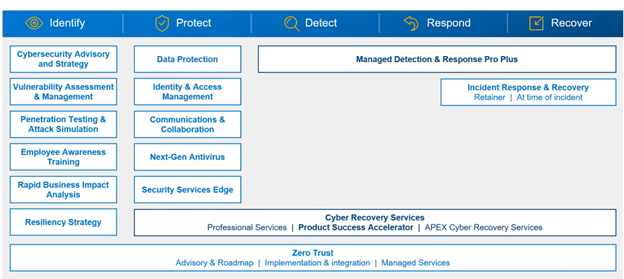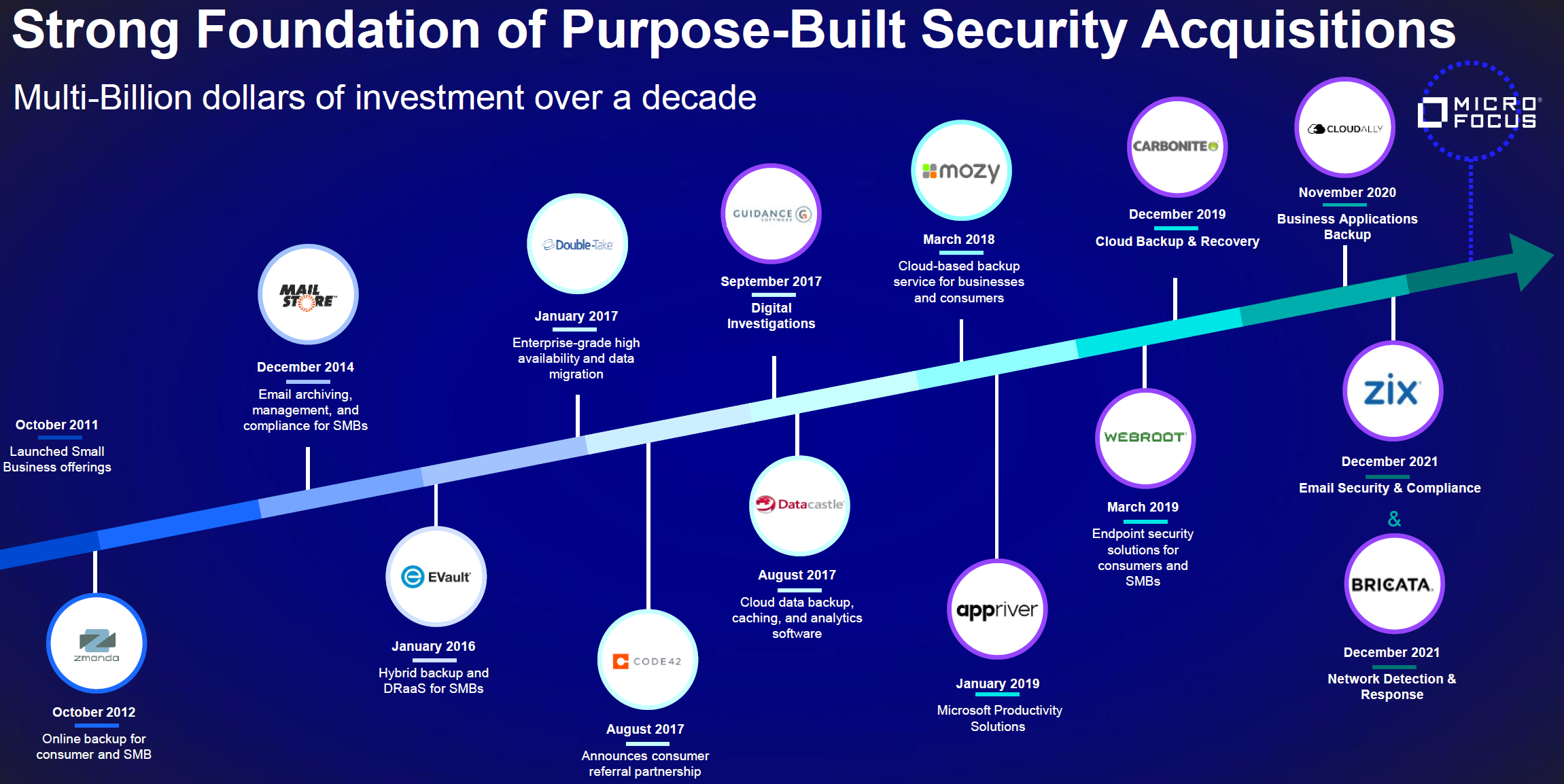Small and midsized businesses find it challenging to defend their users, applications, and data against external threats. Data from Techaisle’s SMB and Midmarket security research reveals 63% of US SMBs report that they experienced one or more cyberattacks in the last year, contributing to an average of 3.6% of revenue loss attributable to security incidents. For 46% of SMBs, preventing cyber-attacks is one the most pressing and critical IT issues. Yet, 59% of SMBs are very confident that their firms could recover from a cybersecurity incident. Nevertheless, security issues cast a long shadow over SMB IT priorities, especially as firms embrace the benefits of hybrid work, hybrid IT, only to find that their environments become more complex and more challenging to manage and protect. SMBs respond by expanding security budgets – but they lack the staff and expertise to construct effective shields around their organizations. The channel, working with leading-edge products like those from Fortinet, Cisco, Dell Technologies, Palo Alto Networks, has an essential role to play in defending their clients’ SMB businesses against security threats.
The origins of the saying “it’s about the journey, not the destination” may be unclear. Ralph Waldo Emerson, theologian Lynn H. Hough, Canadian rapper Drake, or others may have said the phrase, but its applicability in an IT security context is clear. There is no endpoint at which security is ‘done’; security requires constant updating to stay current with expanding threat vectors.
This requirement for continuously improved IT security is both a challenge and an opportunity for security suppliers.
What is the opportunity?
Techaisle has pegged global SMB security spending in 2023 at $68 billion. However, high IT security spending levels and growth rates mask an underlying sense of confusion concerning safeguarding emerging cloud and hybrid IT environments – and a lack of resources to address this problem. Compounding – or perhaps, causing – the lack of clarity into cloud security issues and the relatively tepid adoption rates for cloud security solutions is that SMB IT operations are under-resourced. Without specialized staff, SMBs cannot keep pace with the constantly changing threat vectors and security options.
The lack of insight by small businesses becomes clear: only 5% have IT security staff. 44% of midmarket firms have an average of three full-time internal security staff, but the demands of a business of this size would exceed a single individual’s bandwidth. The percentages more than double for upper-midmarket firms. Simply put, SMBs lack the bench depth needed to dedicate IT resources to security. Everywhere within the SMB segment, there is a mismatch between available resources and the depth of the skills required to keep pace with security needs.
The lack of understanding of a threat associated with a widely-used platform on the one hand, and the lack of IT staff resources available to address security concerns on the other, produces a clear conclusion: SMBs need suppliers to step up to the delivery of secure IT environments.
In many cases, these suppliers will be the mainstream channel partners who supply the SMB’s technology and act as the IT management presence within the SMB’s business. In other cases, including in many midmarket environments, the source of security products and services will be specialized managed security providers who focus tightly on operating SOCs and protecting client environments. In some scenarios, firms will ‘land’ by entering a client account from one of these positions and then ‘expand’ to serve a broader range of IT supply needs – crowding out competitors who can’t address the risk and compliance issues that are central to the CEO’s mandate.
What is the security supplier call to action?
As security suppliers move towards managing SMB security needs, they need to address the pace at which their clients absorb new offerings. Small businesses will not embrace eight new technologies, nor are midmarket firms going to integrate fourteen new solutions into their environments. Even if this were possible from a budget perspective, it would cause chaos in the business.
Instead, suppliers of security services need to co-create a security roadmap with their SMB, which starts with assessing the customers’ executive teams’ tolerance for risk. What absolutely must be secured, and in what order? The security supplier can then identify the solutions that best fit the customer’s immediate and longer-term needs and then deploy, integrate and manage the solutions over time. After all, data shows that 45% of SMBs feel it will be beneficial for them if an external services firm can help define and implementing security policies.
One key point of exposure in this process is the ability to ensure that different solutions work together. In the cloud world, and increasingly in the on-premise world as well, channel partners and MSPs focus on integrations: the breadth of a single vendor’s product line, plus – and importantly – the extent to which third parties develop and support links to a firm’s products.
There will be no slowdown in the digital transformation of SMBs; their business infrastructure will increasingly rely on technology. Likewise, there will be no slowdown in the threats to that infrastructure; as reliance on technology increases, so does the potential bounty for attackers. And as a result, there will be a continuous and growing need for IT security services – which will sustain firms adept at delivering and managing security solutions that combine expertise and industry-leading technology.
















